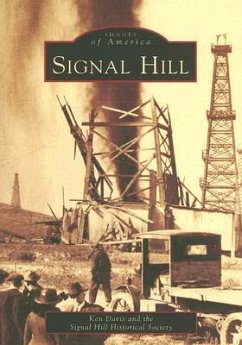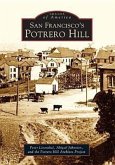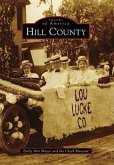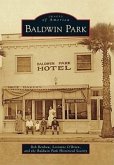Surrounded by Long Beach, the relatively small city of Signal Hill has a rich and colorful history. Because they used the hill as a view and signal point for the surrounding ranchos, early Spanish settlers called the area Loma Sental, which translates to Signal Hill. At the turn of the 20th century, large estate homes were built to take advantage of the magnificent views and coastal breezes. Then came the oil. On June 23, 1921, Royal Dutch Shell Oil Company hit the first gusher, signaling the start of one of the most productive oil fields in the world. In fact, the area was so dense with derricks during the mid-century it earned the moniker aPorcupine Hill.a Today, though oil is still being pumped, the community also proudly boasts stately hillside homes with commanding views of the coastline of Long Beach and Catalina.
Hinweis: Dieser Artikel kann nur an eine deutsche Lieferadresse ausgeliefert werden.
Hinweis: Dieser Artikel kann nur an eine deutsche Lieferadresse ausgeliefert werden.








